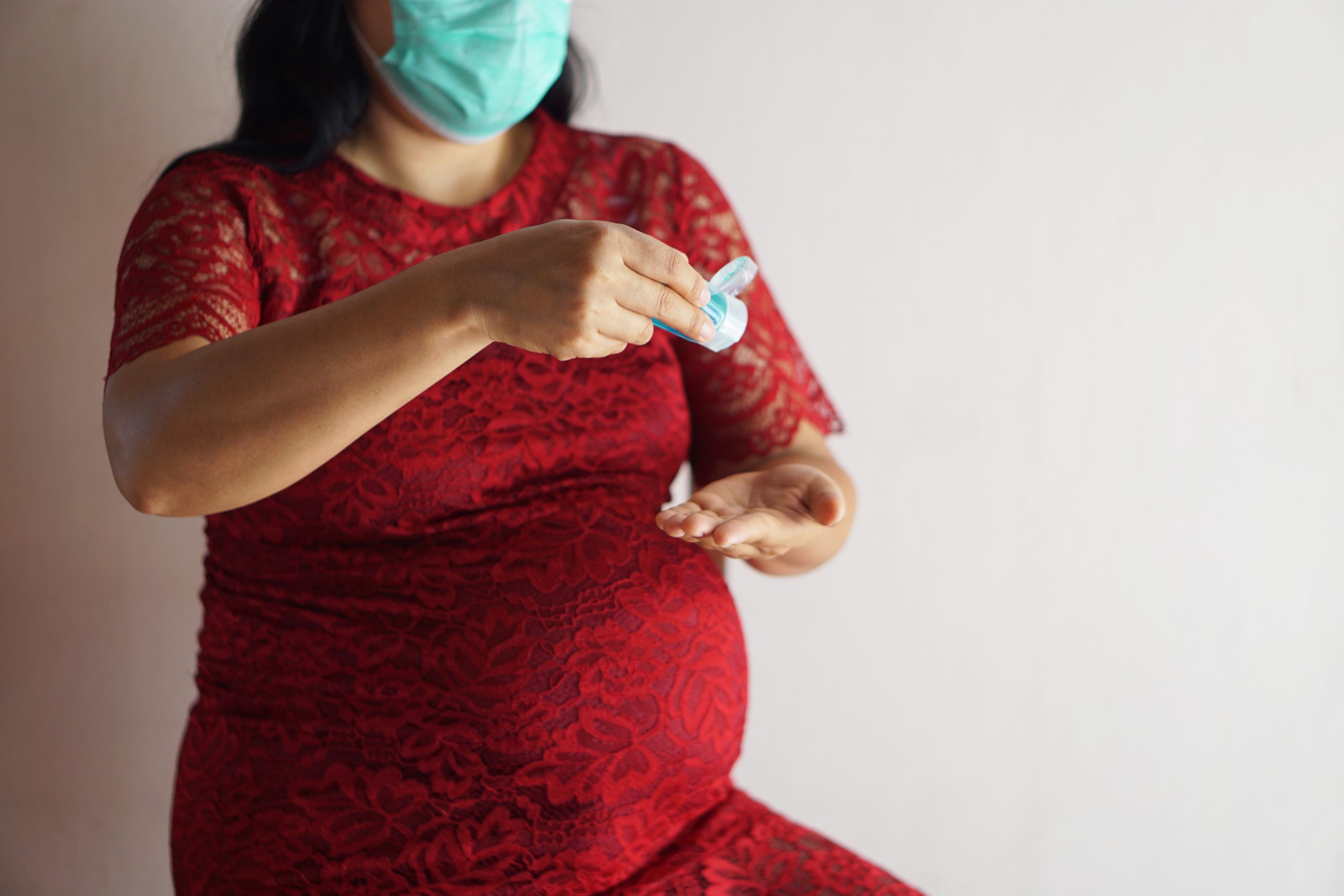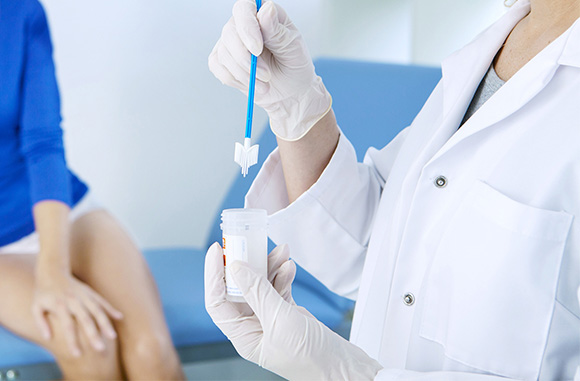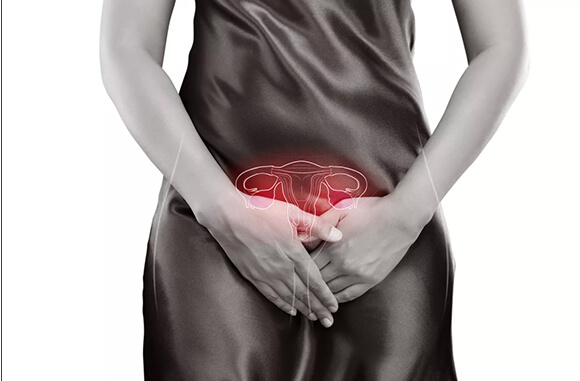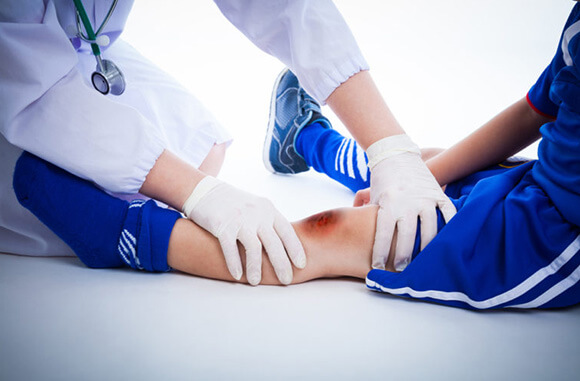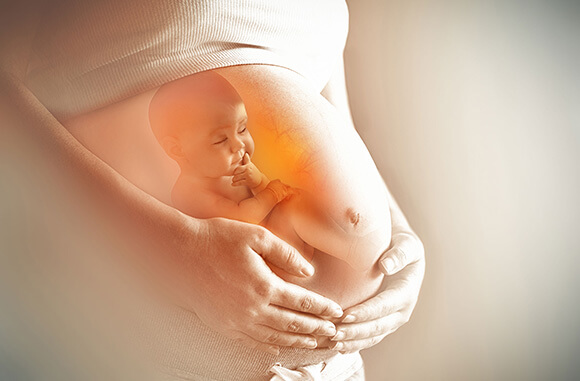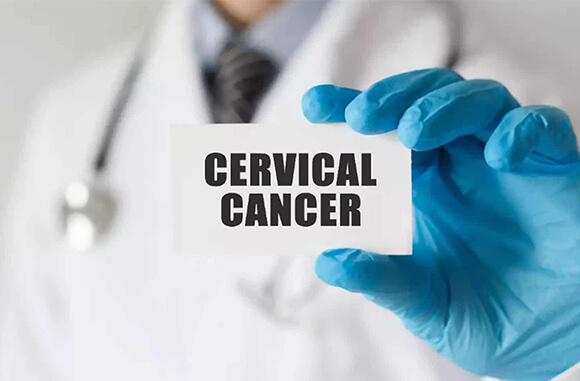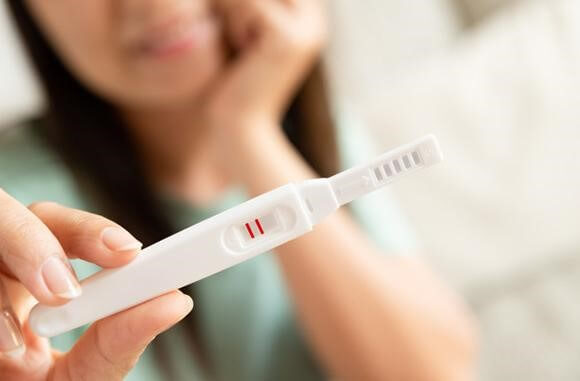Parental burnout still manifests as a social taboo. The restless and frustrated parents find it hard to cope with low energy levels and the overall experience involving helplessness. Being a parent brings every wonder of the universe to your doorstep. But at the same time, it may leave many parents exhausted. Being able to experience composure and ecstasy is important to curb parental burnout.
What is Parental Burnout? How does it manifest?
Both professional and housebound parents are likely to develop parental burnout. Being a woman is one of the common risk factors for parental burnout. Being in a part-time job, being jobless and carrying a college degree are few other factors contributing to parental burnout. Occupational inflexibility plays a crucial role in increasing parental burnout.
Those showing signs of parental burnout develop exhaustion and deep-seated depression. Various other symptoms may add to the complexity of the burnout. The symptoms may include withdrawal or emotional detachment from your partner or children. Experiencing parental burnout leads to a loss of efficacy as a parent. Those with the symptoms may treat their kids apathetically. Parental burnout is similar to workplace burnout in various ways. Both include loss of productivity, lack of comfort and lethargy as the prevalent signs.
The right technique to cope with parental burnout starts with your ideology. Ask more senior parents about the idea of perfect parenting.
Below are the reasons or factors that predispose you to parental burnout.
- Being attentive to a fault:
Being always there with and for your kids is bad for both of you. You cope with a great deal of occupational ongoing fatigue. When you overextend yourself for your kids, you restrict their ability to learn. Leaving kids alone helps them handle the situations alone and develop experimental ideas. Let them be the critical thinkers of the 21st century. Let them learn to take decisions on their own. The more you extend support for your kids, the more you make them dependent. It increases your workload thereby adding more to the burnout.
2. Failure to give yourself space you are worth:
Personal space is something all of us are worthy of. Lack of personal space adds to the ongoing irritability. We feel murky and short-tempered when we are tired or perturbed by certain occurrences in life. When we get to deal with our children in a grumpy mood, we yell at them. Such situations confirm that it’s hard to take care of others in the event of low personal space. We should give ourselves space and try making a difference to the tedium and bustle around.
3. Faith in the illusionary ideas:
All of us feel excited to enjoy parenthood. We try to continue the same level of excitement as time passes by. But the reality may soon detect us and change the way we practice parenthood. Being a parent brings wonders of joy but not without a price. The experience as a parent demands a hefty sum of emotional and physical dedication. When you fall short as a parent, you may consider blaming yourself for having no conscience. Many
parentS end up feeling guilty for spending money, time and resources on themselves. They feel they should have spent everything on their kids. What ultimately overrides them is a sense of alienation and lack of enjoyment.
4. Loneliness:
Parenting is perhaps the sweetest combination of hard work and smart work. But being without support in your quest for parenthood can be tricky and groggy. If you have no support, you may feel exhausted and demotivated.
5. Pursuing perfectionism as a hobby:
Parental burnout shows that you are trying your best. Check how you can strategize yourself. Start verifying how you go about in your course of achievements. Being overwhelmed and exhausted during parental burnout is common.
10 tips to combat parental burnout:
- Add more to your expertise:
We tend to accumulate skills and toolkits while growing into a parent. We acquired a few skills from our parents. It’s the right time to use those nuggets of wisdom. If you are an active follower of social media, you may have even adopted skills from modern media. You may consider experimenting with the availabilities and find new approaches. You may find some forums and counselling sessions online. It’s important to realize is change is unavoidable and the law of time. Some changes may start and complete immediately. A few other changes, however, may take longer than we expect. Such changes are a process. Your ideology and analytical approaches will always support you and your expertise as a parent.
2. Exercise:
The health benefits of regular exercise are irreplaceable. Exercise betters both physical and mental health. It’s known to release good hormones and facilitate feelings of composure and completeness.
3. Communicate yourself better and effectively:
It’s never too late to let go of the sense of alienation and loneliness. Do it as you did when you expressed your ecstasy for the first time. Communicate your sentiments when you are around your next of kin or best buddies. Share your fears and dubious sentiments. Seek help from all who care for you and your role as a parent.
4. Stop comparing yourself to other parents:
The comparison may often call for criticism and lack of composure. Everyone is born with different personality and personality traits. The aggregates that make you different from the others may help you shine as a parent. Comparing yourself to others, on the contrary, adds to a lack of composure. Examine yourself every day and find out how you made difference in the present day. It will help you evolve and better your parenting skills.
5. Adopt all that you find workable in the current scenario:
Nobody is perfect. But every one of us has the superior right to practice the perfect lifestyle. Include the perfect lifestyle practices that allow the parent in you to mature and transform. Don’t worry about what people say or think about you.
6. It’s all about being compassionate:
Being compassionate is important. And being compassionate towards everyone including you is a positive trait. Recognise that irritability and criticism go hand-in-hand. More is the compassion in you, better will be the self-esteem.
7. Practice mindfulness:
Mindfulness adds to your composure. It brings you face-to-face with every affirmative side of you. It allows you to reconnect to everything that made you a responsible human being. When anger and anxiety override you, symptoms like fast breathing make you uncomfortable. But mindfulness allows you to be awake and stay alert.
8. Find space for yourself:
Schedule your favourite activities. Go for a short walk. Enjoy a cool bath. Visit your close friend and enjoy the free time.
9. Avoid setting rules in a fit of rage:
Don’t give feedback to your children in a fit of rage. Relax for a while.
10. Set boundaries:
Set boundaries to the additional responsibilities you take. Make sure you regularly engage yourself with your kids during weekends.


 Toll Free Number
Toll Free Number








